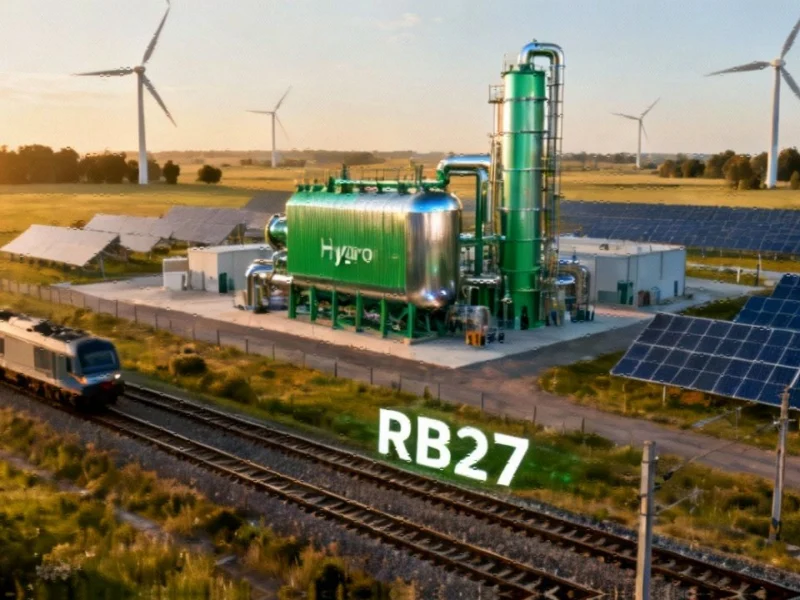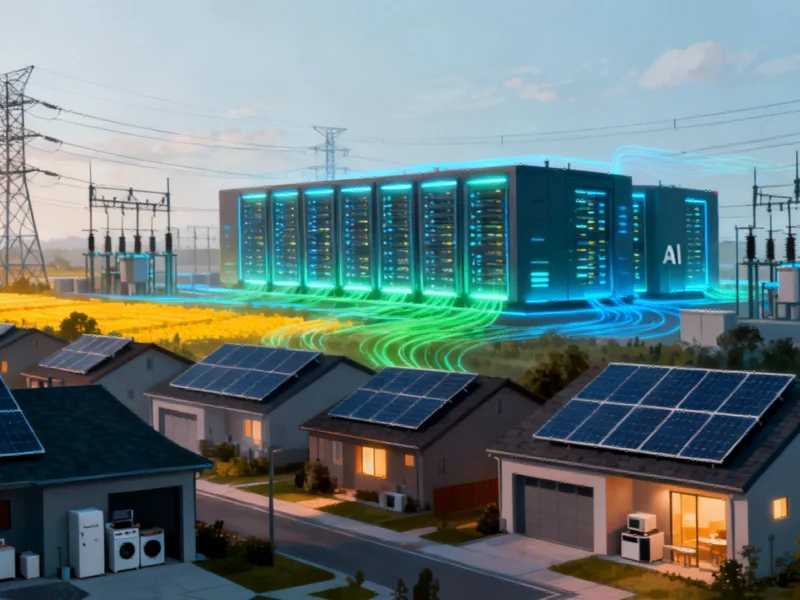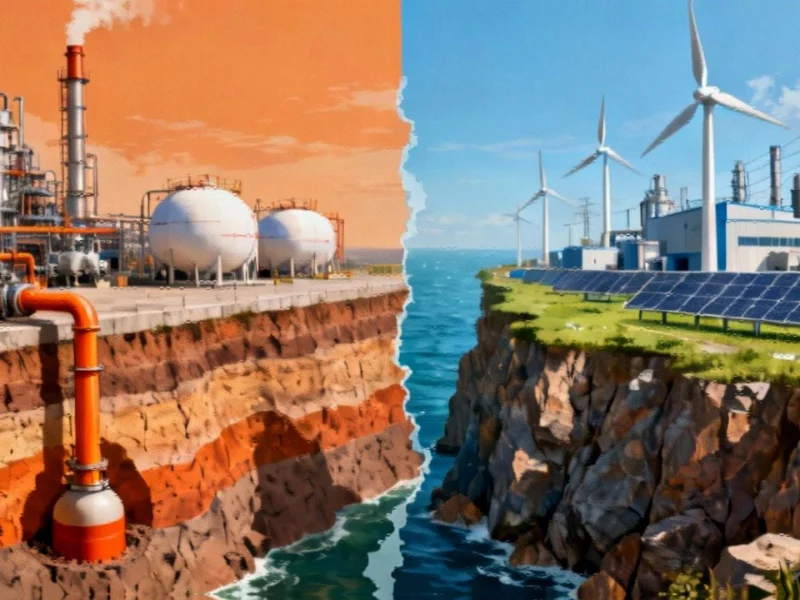Political Showdown Over Rising Energy Costs
Energy Secretary Ed Miliband faced intense scrutiny this weekend as millions of UK households grapple with a 2% increase in their energy bills. The timing couldn’t be more challenging for the government, which finds itself caught between its ambitious clean energy targets and the immediate financial pressures facing consumers.
Standing in for regular host Laura Kuenssberg, Victoria Derbyshire pressed Miliband on the apparent contradiction between his promise of lower bills through clean energy and the current reality of rising costs. “By 2030, our clean power strategy will reduce average bills by £300,” Miliband maintained, even as the Energy Secretary faces mounting scrutiny over the immediate bill increases affecting households across the nation.
The Net-Zero Debate Intensifies
Opposition voices were quick to capitalize on the timing. Conservative and Reform UK representatives pointed to net-zero policies as the primary driver behind the price hike, arguing that the transition costs are being unfairly borne by consumers. Shadow energy secretary Claire Coutinho emphasized the need for a “more balanced approach” that considers both environmental goals and economic reality.
Green Party leader Zack Polanski countered that the current price increases reflect broader market trends in global energy markets rather than clean energy policies specifically. “The fundamental truth is that fossil fuel volatility costs consumers far more in the long run,” Polanski asserted during the program.
Broader Industrial Context
The energy bill debate occurs against a backdrop of significant industry developments in corporate strategy and workforce management. Several major energy providers have pointed to technological transformation as they navigate the transition toward renewable sources.
Meanwhile, the conversation around energy innovation extends beyond traditional power generation. The discussion highlighted how recent technology partnerships in other sectors demonstrate the potential for cross-industry collaboration to drive efficiency and cost reduction.
Workforce Development and Energy Transition
Critical to the government’s energy strategy is developing the skilled workforce needed to implement clean technologies. Initiatives like the North East STEM program represent exactly the type of career development needed to support the energy sector’s transformation. Such programs help build the technical expertise required to bring down costs through innovation and efficiency.
The path forward remains contentious, with the government insisting that short-term pain will yield long-term gain, while opponents argue for a reassessment of the transition timeline. What’s clear is that with another price cap review scheduled for January, the political heat on energy policy is only likely to intensify.
The debate underscores the complex balancing act facing policymakers: how to accelerate the clean energy transition while protecting consumers from immediate financial pressure in an increasingly volatile global energy landscape.
This article aggregates information from publicly available sources. All trademarks and copyrights belong to their respective owners.
Note: Featured image is for illustrative purposes only and does not represent any specific product, service, or entity mentioned in this article.



